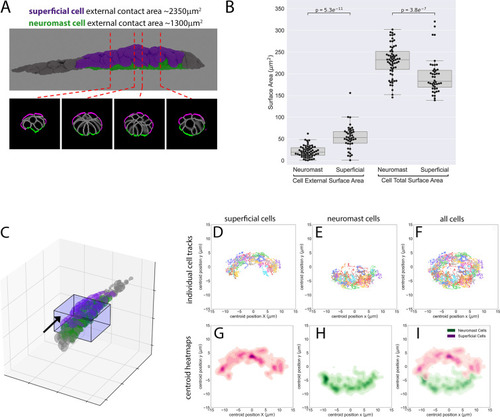Figure 2—figure supplement 2.
- ID
- ZDB-FIG-201202-25
- Publication
- Dalle Nogare et al., 2020 - Zebrafish Posterior Lateral Line primordium migration requires interactions between a superficial sheath of motile cells and the skin
- Other Figures
- All Figure Page
- Back to All Figure Page
|
( |

